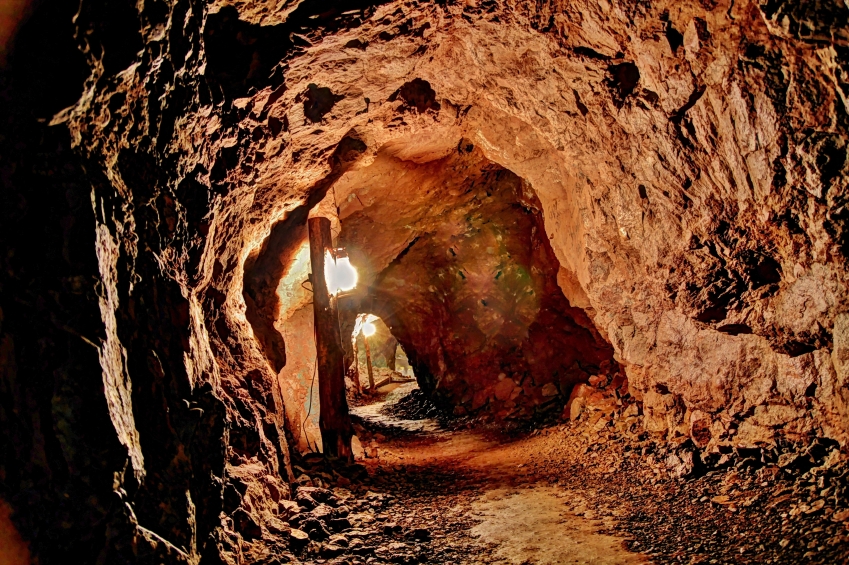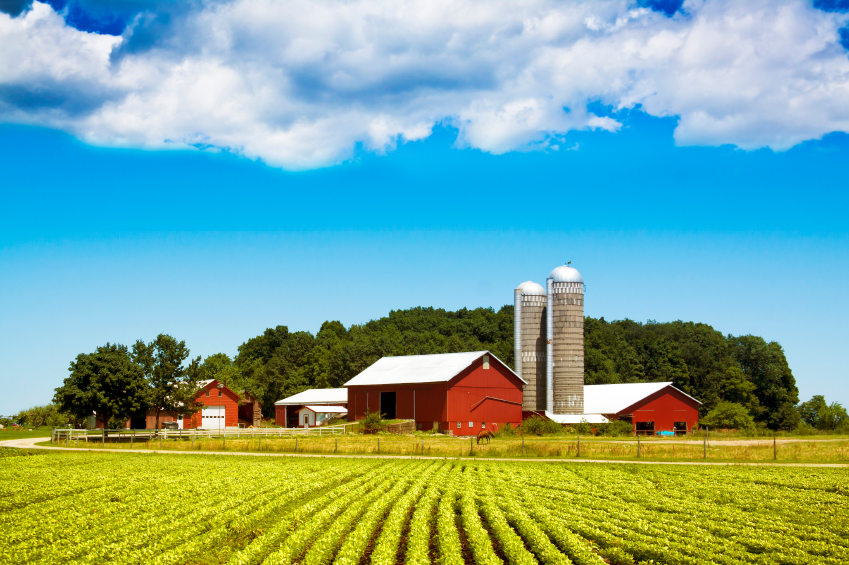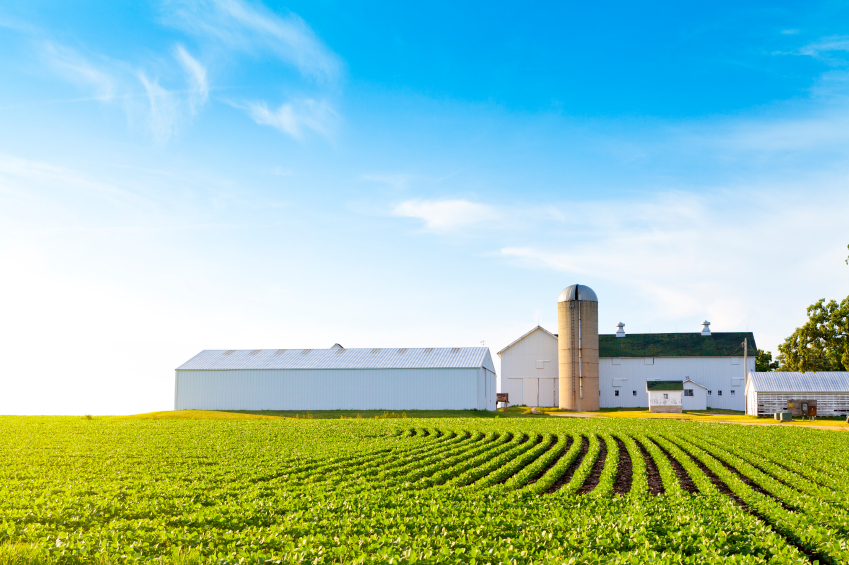Background Check Yourself Before a New Job
 Background Check Yourself Before a New Job
Background Check Yourself Before a New Job
Do you have a criminal record? It’s a very simple question to answer, but one that can end up costing you an opportunity for a good job. Even if you sail through the interview and are awarded a contract, a standard background check can bring that potential career to a screeching halt.
What can be worse is that some of your background information could simply be false. Will you have a chance to explain that to your potential employer? Probably not. They’ll just be looking at those “red flags” and decide it will be better to give the job to someone else. That’s why it’s important to check yourself out before your new boss does.
According to surveys, up to 92% of all employers run some sort of background check on their prospective employees. This can be a combination of a credit report and a criminal background check. Keep in mind that there is no central database that contains all the correct and current information.
Just as your credit reports come from three different sources, a criminal background check can reach far back into your past. Make sure that you double check the information in their database, as these reporting agencies can have potentially harmful information on you. Even if you were arrested on a minor charge when you were 18 and had those charges dropped, the record of that arrest will pop up on a report. What if the charge was for petty theft or vandalism? That is not something you want your potential boss to see.
Before applying for a job, Google your name. You may see your name in public records, newspaper articles or other web posts. If you have a very common name, you might be surprised to find out what someone who shares that name has been up to.
This can be a great way to see if you’ve become the victim of identity theft. Someone could have acquired your name, stolen your credit card number and gone on a crime spree. Therefore, if your name is run against the criminal database, you may just have a criminal record registered under your name.
Does all of this mean you’re stuck with whatever crops up on you record? Absolutely not. First of all, you can deal with the personal criminal history you know to be accurate. Depending on the charge, a skilled defense attorney could file an expungement of your record.
If granted, those files are removed from the system, as if the incident never happened. If the event in your past occurred in another city, you might have to hire a lawyer from that jurisdiction. However, you won’t have to be present to have the record expunged.
You can also find many resources online that can provide a free credit report. Go over these reports carefully and look for any discrepancies such as open accounts that you closed or any missed payments. All of these issues can be corrected.
However, it probably can’t happen overnight. This is why it is important to clear up your records on a regular basis – at least once every year. Knowing you have a clean record will give you the confidence to have a great interview and get that job.









